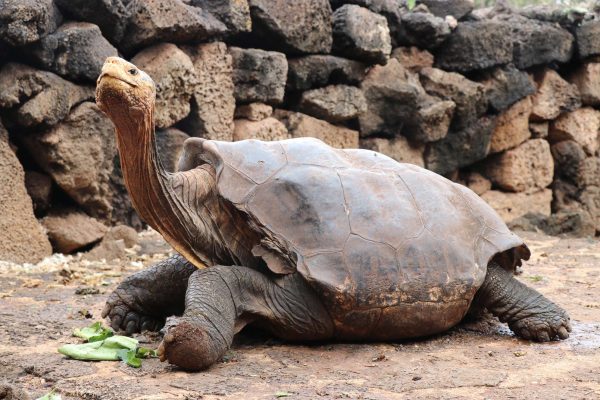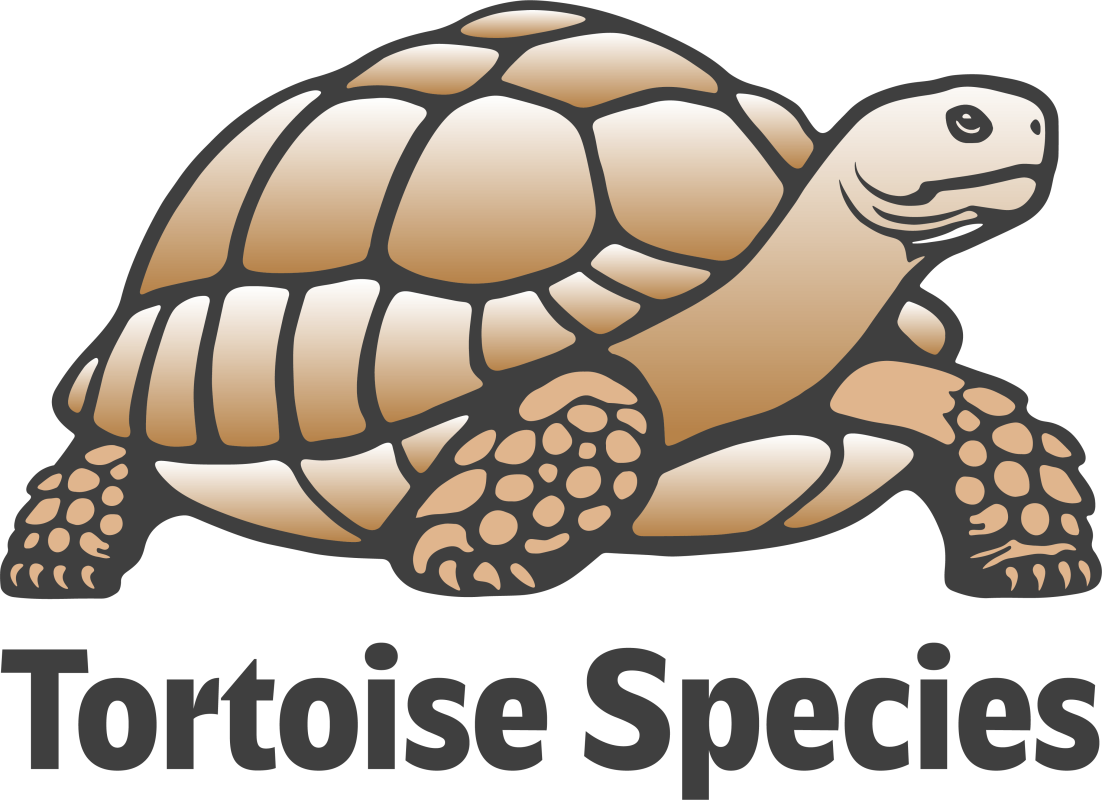The Galapagos tortoise (Chelonoidis nigra) stands as one of the most iconic and fascinating reptile species on our planet. Endemic to the volcanic Galapagos Islands, these ancient creatures have captured the imagination of scientists, conservationists, and nature enthusiasts for generations. Their remarkable story is intrinsically linked to the unique ecosystem of their island home and the groundbreaking scientific observations of Charles Darwin.
Characteristics of the Galapagos Tortoise

Size and Weight: Living Giants of the Animal Kingdom
Galapagos tortoises are true giants of the reptile world. Some individuals can weigh over 500 pounds and grow to lengths exceeding 5 feet, making them the largest living species of tortoise on Earth. Their massive size is a testament to the evolutionary adaptations that have allowed them to thrive in the isolated Galapagos environment.
Extraordinary Lifespan: Centuries of Survival
Perhaps most remarkable is their incredible longevity. Galapagos tortoises can live well over 100 years, with some documented individuals reaching ages close to 170 years. This extraordinary lifespan makes them one of the longest-living vertebrate species, offering scientists unique insights into aging and survival strategies.
Distinctive Shell Variations: Nature’s Adaptive Masterpiece
The Galapagos tortoise exhibits fascinating shell variations across different islands. Two primary shell morphologies exist:
- Domed Shell: Found on islands with lush vegetation, allowing tortoises to reach low-hanging plants.
- Saddle-backed Shell: Prevalent on more arid islands, featuring a raised front edge that enables tortoises to extend their necks higher to access scarce vegetation.
Habitat and Ecosystem

Island Living: A Unique Ecological Niche
Galapagos tortoises inhabit the volcanic archipelago, spread across several islands with varying ecological conditions. Each island hosts slightly different tortoise populations, showcasing remarkable micro-evolutionary adaptations. From humid highlands to arid lowlands, these resilient reptiles have developed specialized survival strategies.
Diet: Herbivorous Architects of their Environment
As primary herbivores, Galapagos tortoises play a crucial role in their ecosystem. Their diet consists of:
- Grasses
- Leaves
- Cacti
- Fruits
- Flowers
Their grazing habits significantly influence vegetation patterns, making them essential ecosystem engineers.
Behavior and Social Structure
Contrary to popular belief, Galapagos tortoises are not entirely solitary. While they don’t form complex social groups, they do exhibit nuanced interactions during mating seasons and shared feeding grounds. They are predominantly peaceful creatures, moving slowly and deliberately through their habitat.
Conservation Status: A Story of Survival and Hope

Historical Threats
Historically, Galapagos tortoises faced severe challenges:
- Widespread hunting by sailors and settlers
- Introduction of invasive species
- Habitat destruction
- Climate change impacts
Conservation Efforts: Turning the Tide
Dedicated conservation programs have been instrumental in protecting these magnificent creatures:
- Breeding programs
- Habitat restoration
- Invasive species control
- Strict international protection measures
Thanks to these efforts, some subspecies populations are slowly recovering, offering hope for their long-term survival.
Research and Ongoing Discoveries

The Galapagos tortoise continues to fascinate scientists. Research focuses on:
- Genetic diversity
- Evolutionary adaptations
- Climate change resilience
- Longevity mechanisms
Ecotourism: Responsible Engagement
Visitors to the Galapagos can observe these incredible creatures through carefully managed ecotourism programs. These initiatives not only provide economic support for conservation but also raise global awareness about the importance of protecting unique species.
Conclusion: A Living Legacy
The Galapagos tortoise represents more than just a reptile species. They are living testimonies to the power of evolution, the importance of conservation, and the incredible diversity of life on our planet.





